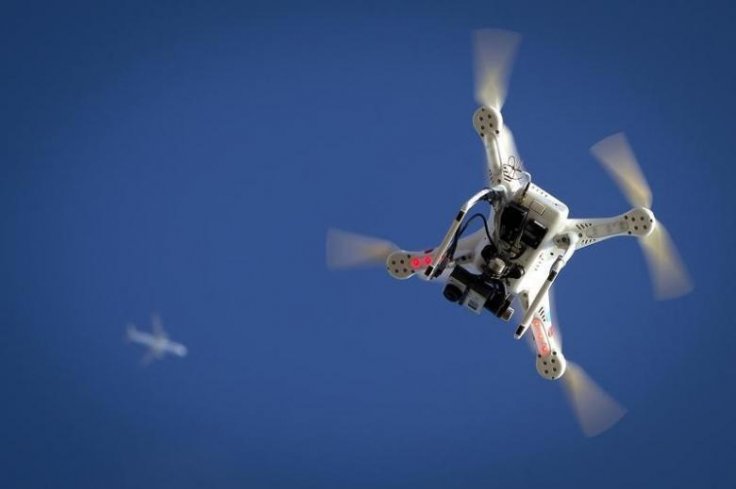The climate change issues, such as heat waves are the reason behind the decline of bees. While the researchers in a new study revealed that bumblebee populations had recently declined by 46 percent in North America and by 17 percent across Europe, British scientists are currently researching on these fuzzy and portly creatures to develop new drone technology.
It should be mentioned that the way bees adapt to their surroundings, the scientists are studying their method to develop software which could pave a new way to create sophisticated drones.
Bees are important

Bees are an important creature for a healthy environment. Even though these creatures are considered as similar to butterflies and hoverflies, bees play a huge role to help plants grow, breed and produce food. It should be noted that the United Nations Food and Agriculture Organization (FAO) identified encouraging pollinators, particularly bees, as it is one of the best sustainable ways to boost food security and support sustainable farming.
On Sunday, February 16, during American Association for the Advancement of Science conference in Seattle, Professor James Marshall of Sheffield University explained how he and his team are reverse engineering bee brains to create the drone prototype.
As reported by Financial Times, the British scientist stated that bees are consummate visual navigators and they are capable of navigating "A complex 3D environment with minimal learning very robustly, using only a million neurones in a cubic millimetre of brain."
The drone project
The new drone technology, inspired by bees has received a £4.8 million grant from UK Research and Innovation, the quasi-autonomous non-governmental organization. The project's focus is now to the commercialization with the recent establishment of a company called Opteron Technologies.
In this research, the team is carrying out two types of experiments. They also trying to find out how the bees reliably navigate over several kilometres and learn the features that enable them to return to their nest. It should be mentioned that the brains of these creatures can multitask which help the bees to adapt new scenarios and learn very fast.

The experiments
As per the scientists, in terms of the first experiment, the team will follow the movements of real bees as they search for food by attaching tiny radar transponders to their back. It will also include the analysis of bees' flightpaths. As per the Joe Woodgate of the Queen Mary University of London who leads the initial part of the project, "Before we can track a bee with radar, we need to attach a small electronic tag to her back, which is easier said than done. They're very good at escaping from us and when we do succeed, we're left holding an angry bee which isn't always the safest place to be."
The second part of the project, which is about to begin, will include the placement of a small electrode into a tethered bee's brain as it moves around a virtual reality environment in the lab. Later, the scientists have planned to analyze the neural signals with the bee's movements. Currently, the bees are being trained to navigate the VR environment before brain recording begins.
Marshall stated that the researchers have modelled around 25 percent of the honeybee brain. He also mentioned that they researching on "Bee-like robots which can fly around lab behaving as a bee would, extracting information from the world."
New drone technology
It should be mentioned that team of researchers have made larger machines, one weighing 600 grammes and the other 250 grammes. Marshall said, "What's really exciting about the 250-gramme drone is we're doing all the computation on board. The brain is on there and that's a real achievement, we think, given how small the drone is."
The researchers who are involved in this project hope that the success of this attempt will help logistics companies use flying robots for delivery.









